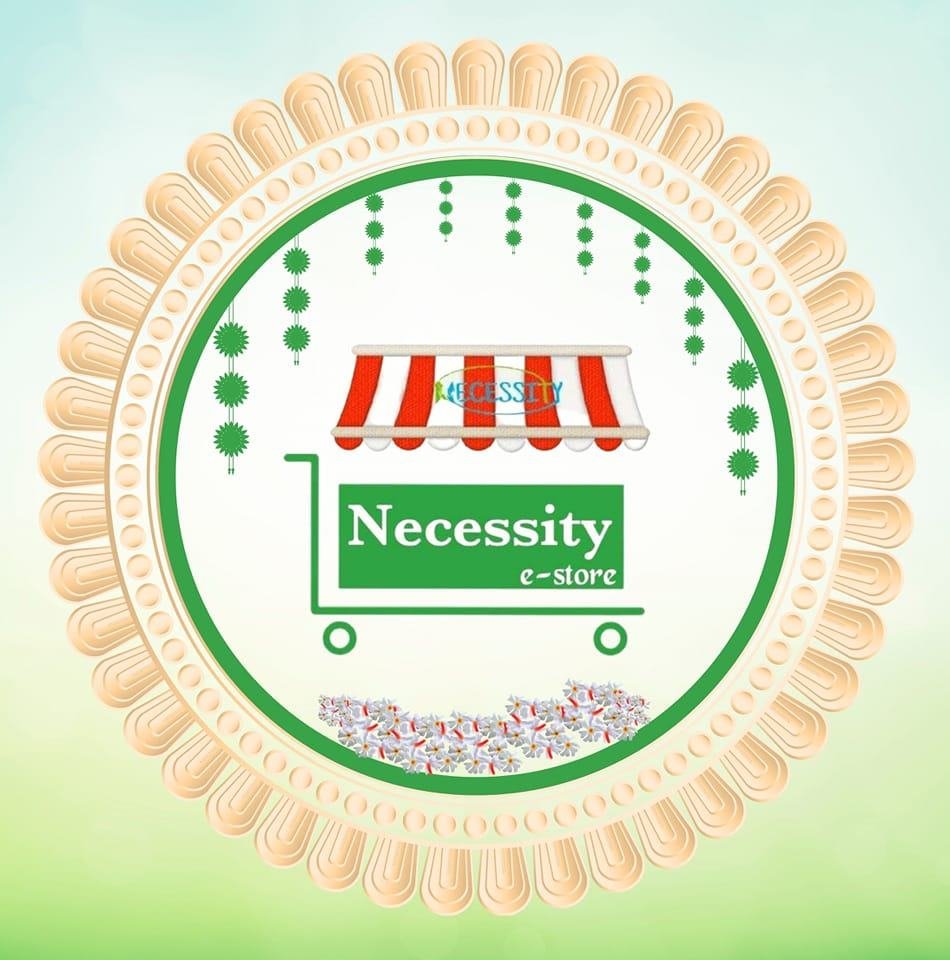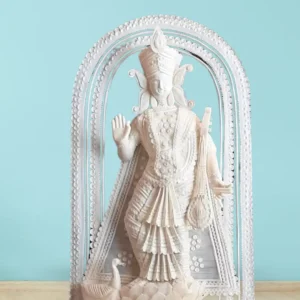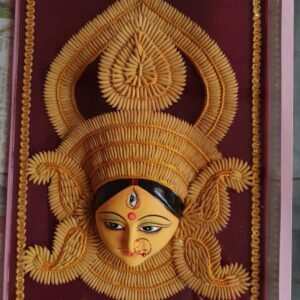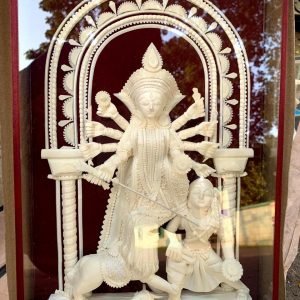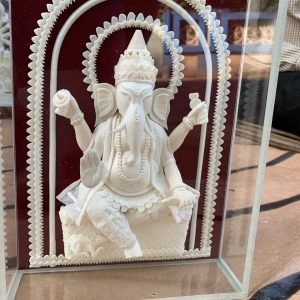Shola Art

Shola Art & Craft - A delicate traditional thermocol art
Sholapith Artwork or Shola craft or Thermocol Art is a cultural ritual to make delicate milky-white decorative objects most seen in Bankapasi, Mangalkot of Burdwan, West Bengal. The divine “Daker Saj” we use in the decoration of our goddesses is none other than “Shola Art”.
In the early 20th Century, a group of Shola crafts/ Sholapith Artwork/ Thermocol Art-person from Chittagong (now in Bangladesh), started making ornaments and other decorative items from Shola pith. Designing a soft material like shola pith is a very difficult task, they color the Shola sheets in their own traditional process of painting. Ignoring the high chance of accidents the Shola artists, known as Malakars (the name came from Vishwakarma, the Hindu God of craftsmanship) manage to deliver minute details on every toy, doll, and ornament.
Sholapith Artwork/ Shola Art/ Thermocol Art - Worldwide
Also referred to as Indian cork, Shola is an annual aquatic herb which grows in the wild, waterlogged areas. In this age-old tradition, craftsmen make decorative objects from the soft, supple, porous and light weight core of the Shola stem. After the uprooted plants are dried artists then peel off the brown skin to use the white soft core. The core is cut into dry thin pieces & then joined together with adhesives to make the final decorative items.
Be it for the decoration of our very old traditional temples or for a trendy Instagram worthy drawing room shola art always raises the bar for aesthetics. Decorate your “Shyama ma“ with delicate white “Daker Saj” and give the proper respect that Malakars & our goddesses deserve.
Thank you
Related Products
-
Face of Maa Durga Shola Work
₹2,017.00Original price was: ₹2,017.00.₹1,385.00Current price is: ₹1,385.00. -
Shola Saraswati Murti in Frame
Rated 5.00 out of 5₹6,015.00Original price was: ₹6,015.00.₹4,119.00Current price is: ₹4,119.00. -
Maa Durga Face Paddy Work
Rated 5.00 out of 5₹2,017.00Original price was: ₹2,017.00.₹1,385.00Current price is: ₹1,385.00. -
Tharmoco Durga Murti
₹6,699.00Original price was: ₹6,699.00.₹5,998.00Current price is: ₹5,998.00. -
Shola Ganesh Murti in Glass Frame
₹3,942.00Original price was: ₹3,942.00.₹2,707.00Current price is: ₹2,707.00. -
Shola Face of Maa Durga
Rated 5.00 out of 5₹2,017.00Original price was: ₹2,017.00.₹1,385.00Current price is: ₹1,385.00. -
Tharmoco ganesh murti
₹4,299.00 -
Maa Durga Face Shola Work On Kulo
₹1,200.00Original price was: ₹1,200.00.₹619.00Current price is: ₹619.00.
FAQ's
Thank you for asking this question. All handicrafts are packed very carefully before delivery. Shola arts are a little delicate but if handed with care there’s nothing to worry
Yes masks, chandmala made from sholas are the best wall decor out there.
Traditional shola arts are one of the gifts you could get anyone.
Yes they are.
Yes a little. So your shouldn’t use excessive water on them.
Yes the traditional “dak” er saj we see on our goddesses are shola art.
The fundamental & traditional color of shola art is ivory, but due to commercialization the decorate some of the art pieces with other colors.
The are a little delicate. So should be handled carefully.
They are quite light weight. But depending upon the product the may a little weight.
Dusting with dry clean cloth once in a while would be enough.
